Our conversation with Amanda Smith, UAV equipment programme manager at Sellafield, explores how drones are being used on-site and the safety benefits they bring. Sellafield, once known as Windscale, is a massive site on the Cumbrian coast of the UK. It was a functioning nuclear power plant until 2003. Now, it's the center of one of the world’s largest decommissioning projects, which will take decades to complete. Amanda Smith leads the UAV equipment programme at Sellafield, part of the Engineering and Maintenance Profession. This initiative is one of many within the site, which employs around 3,500 people. She shared insights into how the UAV programme started and how drones are helping achieve key goals: safer, faster, and more cost-effective operations.  I’ve been leading the UAV programme at Sellafield for about four years. Before this, I had no direct experience with drones, but our team recognized their potential value on-site. As an electrical engineer, I had to learn quickly about drone technology. Now, we conduct regular flights, and drones have become essential tools for inspections. With the latest advancements, we’re exploring using drones for radiation detection in the future. Sellafield is like a small town—covering almost six square kilometers. It has its own fire service, medical team, and various departments. It's one of 17 sites under the UK’s Nuclear Decommissioning Authority (NDA). We collaborate with other sites to share best practices and lessons learned. Our team has supported flights at Bradwell and Sizewell, among others. Part of my role involves testing new technologies and assessing their potential for use on-site. We don’t just look at the tech itself but also the companies behind it, so we can influence future product development to better suit our needs. Our first drone tests were done through an external contractor who explained the basics. After evaluating the applications, we decided to create an in-house program. Setting up the programme took six months due to the need for clearances, safety protocols, and approvals from multiple teams. Initially, we focused on security and resilience. By 2020, the programme expanded significantly, with over 200 asset inspection flights in 2021. Today, we have more than 20 drones and around 20 remote pilots. Screenshot from an inspection completed with an Elios drone at Sellafield As of 2023, I manage four equipment engineers who are also remote pilots. Their work includes researching and selecting the right drones, testing them, and writing operational guides. Once a drone is in the fleet, it undergoes strict maintenance schedules every three, six, and twelve months. In addition, there's an Emergency Duty team that works on a rota system, ensuring coverage all year round. Annually, we conduct at least 200 flights with the core team. Initially, we used drones for external inspections, but now we're seeing a major increase in internal inspections too. Outputs include visual inspections, 3D models, and LiDAR scans. With the Elios 3 RAD, we’re looking to unlock new applications after testing and proof-of-concept flights. We face several challenges when working with equipment in such environments. Two terms are important: radiation and contamination. Contamination is our main challenge. If equipment is considered contaminated, it can't be removed from the environment unless every surface is proven to be clean. We often deal with loose contamination—what you call radioactive dust—that can cover a drone. While we can clean the propellers and cage of an Elios drone, we can’t access the inside of the motors. So once a drone goes into a contaminated area, it stays there. We can change batteries, collect data, and do maintenance, but only within that space. However, if there's a significant amount of loose contamination, flying a UAV could disturb the dust, which might exceed our regulatory limits. In such cases, we avoid using drones. The RAD is a specialized payload that can be mounted on the Elios 3 and is used for remote radiation detection and localization. It uses an RDS-32WR sensor by Mirion Technologies. Our goal was to test how the Elios 3 and RAD payload would perform in detecting radiation changes during a radiological survey. We set up a testing area across several rooms with sealed sources and some “dummy†ones to avoid bias. A pilot flew the Elios 3 with the RAD payload and looked for spikes in readings, creating a radiation heat map. Amanda Smith along with representatives from Flyability and Coptrz This project involved collaboration between our team, the radiometrics systems group, and Flyability and Coptrz representatives. Early results were promising—the RAD detected elevated radiation levels and even identified a high sealed source in another room. The pilot could then investigate further. We plan to conduct more tests to determine the best flight techniques and assess the sensor’s performance in different environments. The Elios 3 RAD includes an RDS-32WR sensor by Mirion Technologies (image courtesy of Coptrz) We already have a wide range of projects using Elios drones. The RAD payload is especially exciting because it supports our site's strategic goals of working safer, faster, and cheaper. Safety is improved by sending drones into environments before humans enter or to access contaminated areas quickly. This helps avoid unnecessary exposure and frees up staff for higher-priority tasks. Speed is another advantage. We can deploy drones rapidly, with pilots always on-call. This streamlines safety inspections and improves situational awareness, with data available almost immediately. Cost savings come from time and resource efficiency. For example, using drones instead of scaffolding in high-access areas saves time, money, and effort. Even before the RAD was introduced, we saved around £5 million annually by using UAVs instead of traditional methods. We also use Elios drones for internal inspections, including pipe hangers that transport chemicals and radioactive materials. Thanks to the Elios drones, we can visually inspect these assets and inform maintenance teams, reducing the risk of containment failures. We also inspect high and hard-to-reach assets like cranes, saving safety resources and time. The cage allows us to fly close without fear of crashes, unlike traditional drones. We’ll continue expanding our use cases. We started with reactive responses but now conduct routine inspections. Each project often opens up new opportunities. The modular system of the Elios 3 is exciting. We’re testing the RAD payload, but the LiDAR payload is already showing great potential. A recent point cloud from a LiDAR inspection is being used to create a 3D-printed model of a specific site element. In terms of training, we’re constantly improving our pilots’ skills. As we find the best ways to gather data, we optimize our operations. We’re always looking for new ways UAVs can help us make tasks around the site safer, faster, and cheaper. A big thank you to Amanda Smith and Tom Calverley for sharing their story with us. Learn more about Sellafield on the UK Government website. Discover more about the Elios 3 and its applications Tube Settler Media,Pvc Tube Settler Media,Tube Settler,Tubular Settler Wuxi Qijing Machinery Technology Co., Ltd. , https://www.sinombbrmedia.comInterview: Elios Drones at Sellafield, Europe's Largest Nuclear Site
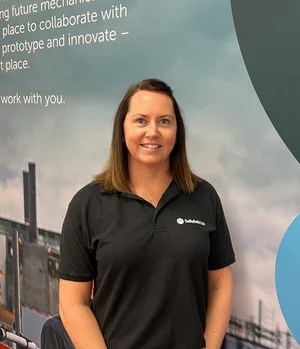
Tell Us About Your Background. Did You Work With Drones Prior To Starting The Sellafield UAV Program?
Tell Us About Sellafield - What Are You Doing There?
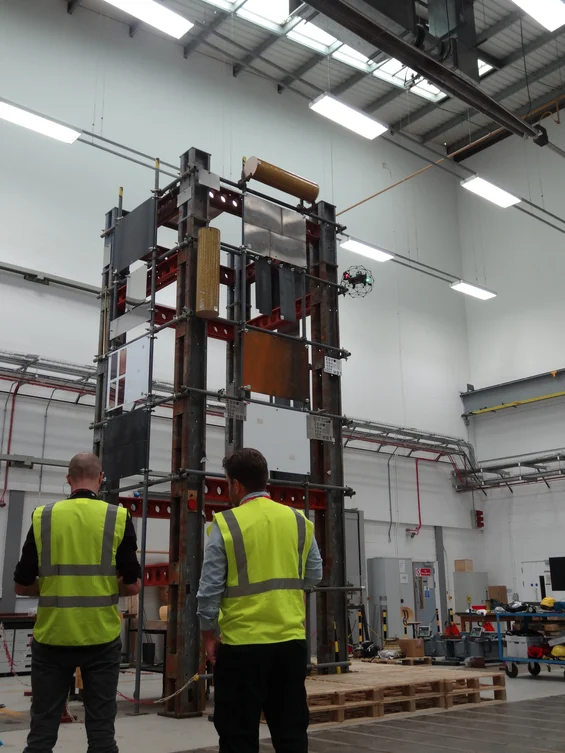
Amanda has been in charge of the UAV programme at Sellafield for about 4 yearsHow Would You Describe The Sellafield UAV Programme?
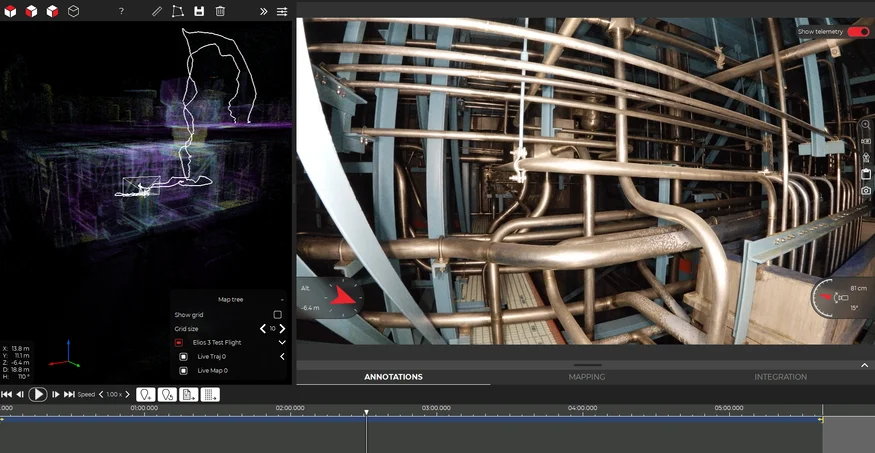
How Are You Using Drones In Radioactive Or Contaminated Environments? We've Heard About Radioactive Dust - Could You Tell Us More About That And What Challenges You Face?
You Have A Substantial Fleet Of Elios Drones From Flyability. This Year, We Launched The Elios 3 Drone Along With The RAD Payload Specifically For Use In The Energy Industry. In July 2023, You Had A Proof Of Concept For This Payload. What Was The Process?
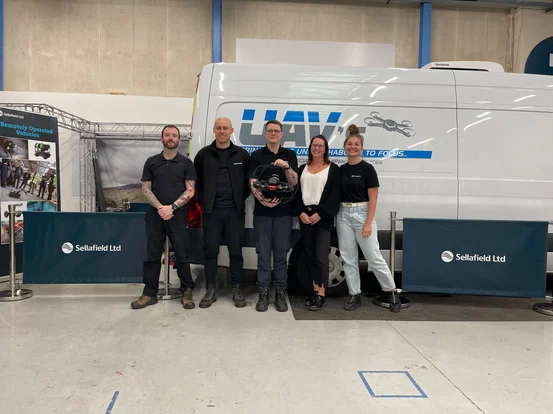
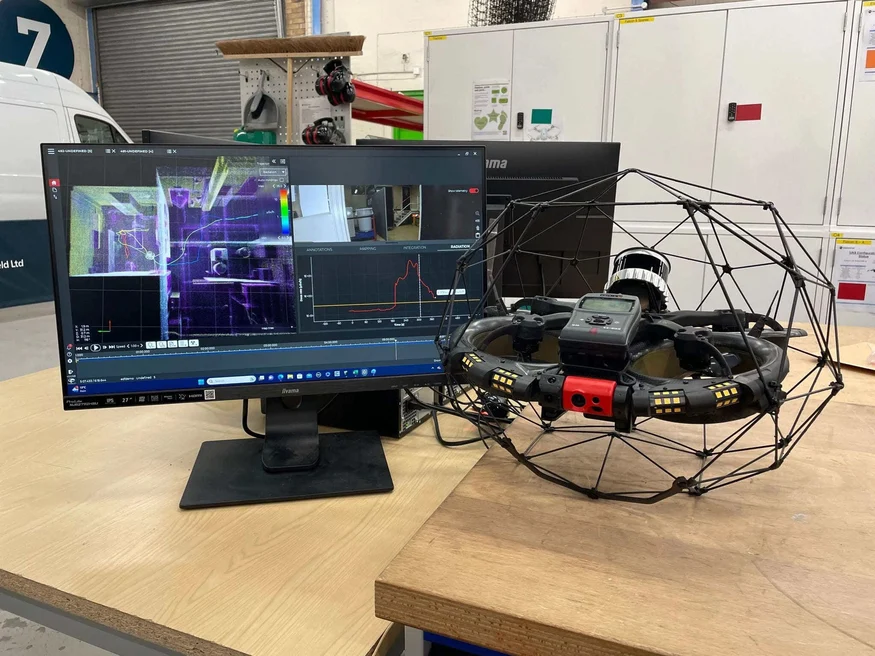
What Are Your Thoughts On Working With Elios Drones In These Use Cases?
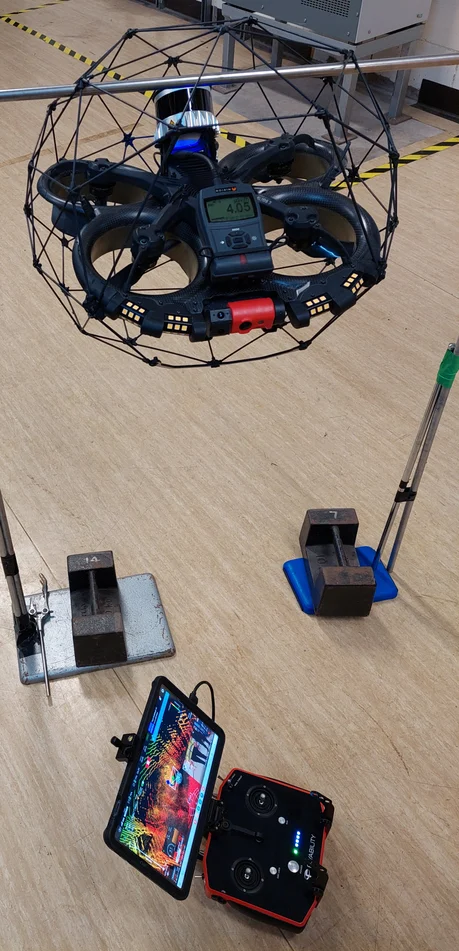
The Elios 3 RAD in testing at SellafieldSo, What's Next For Your Drone Fleet At Sellafield?